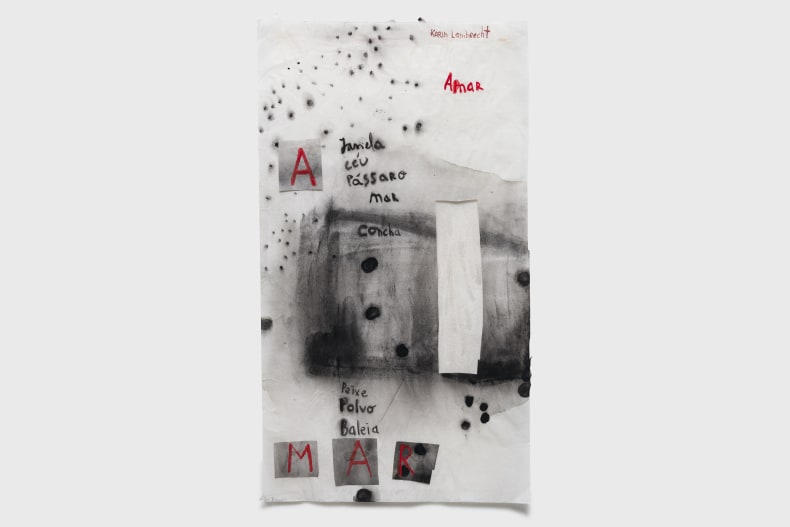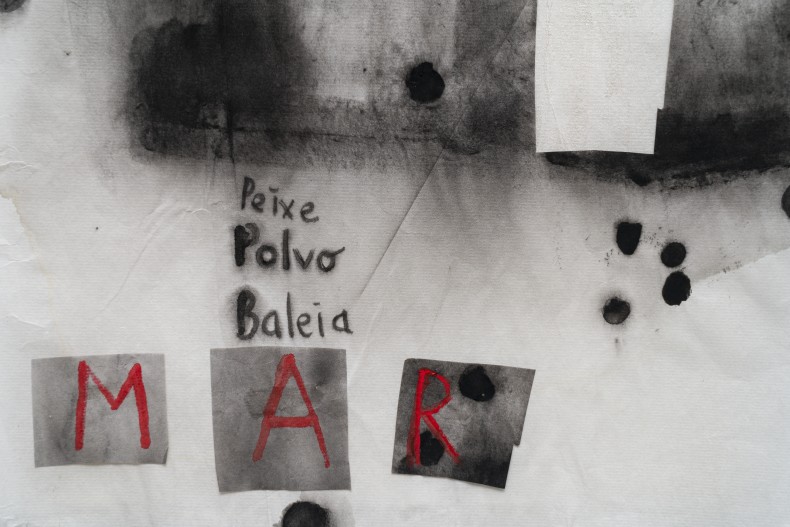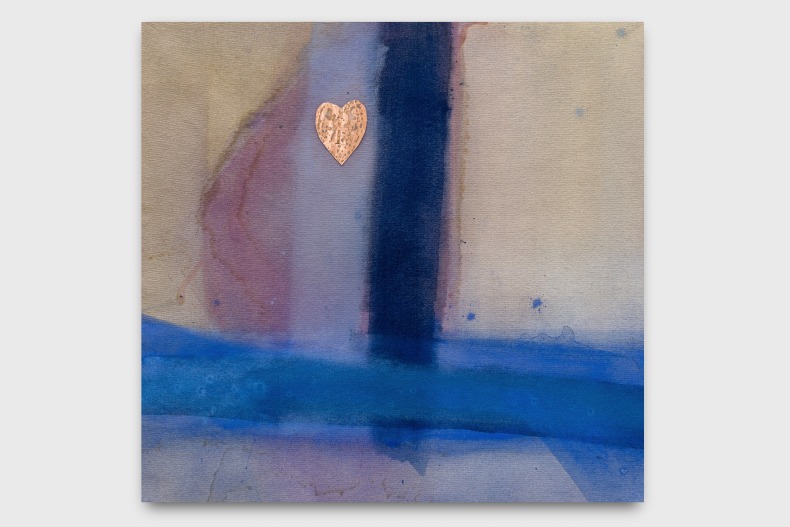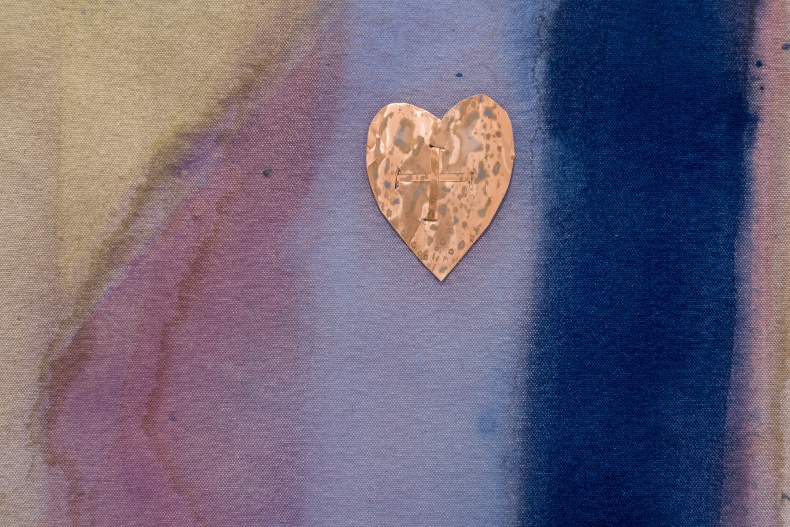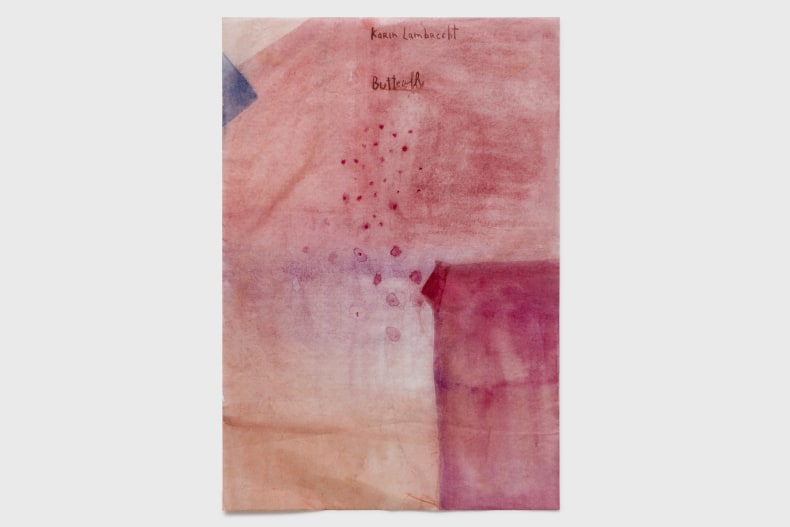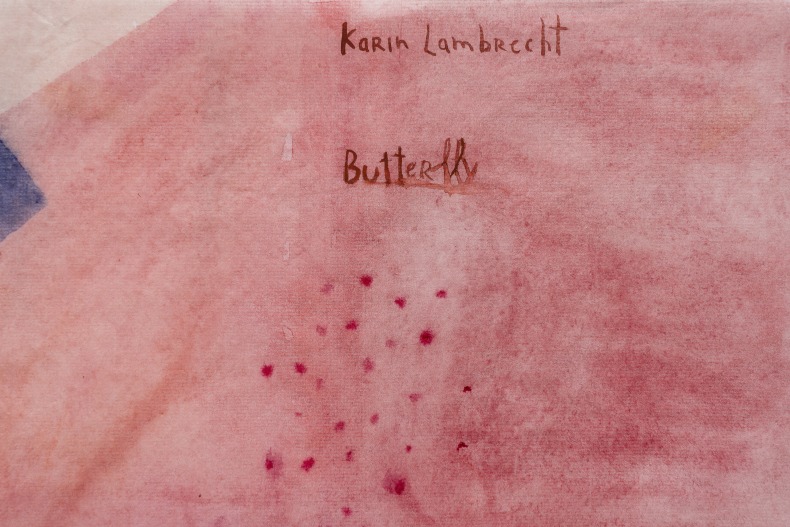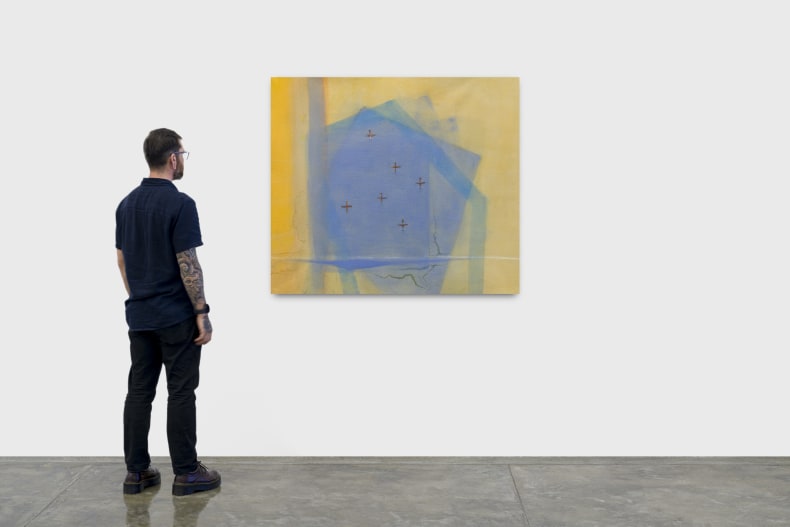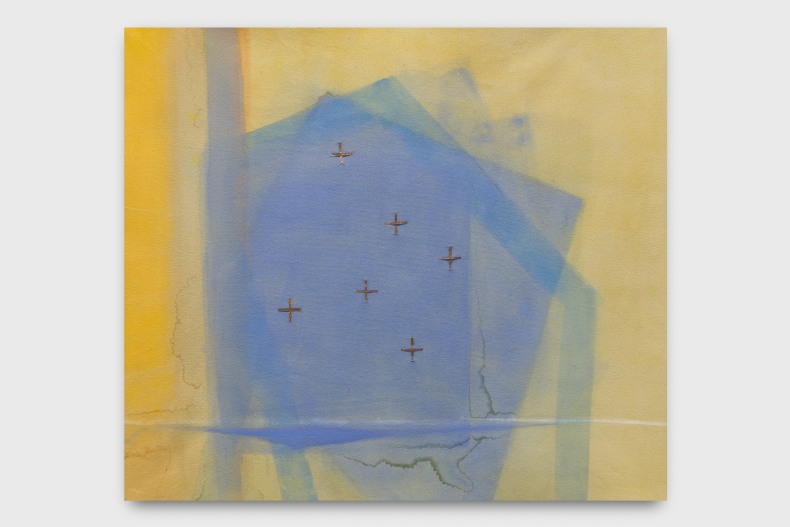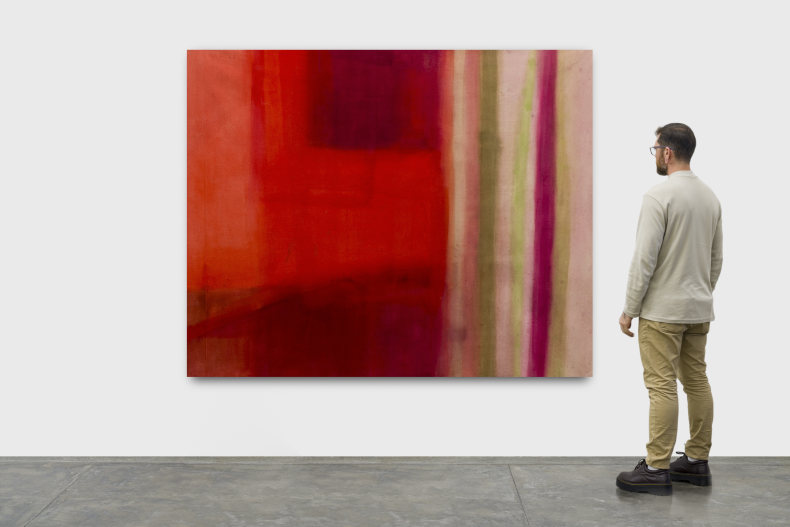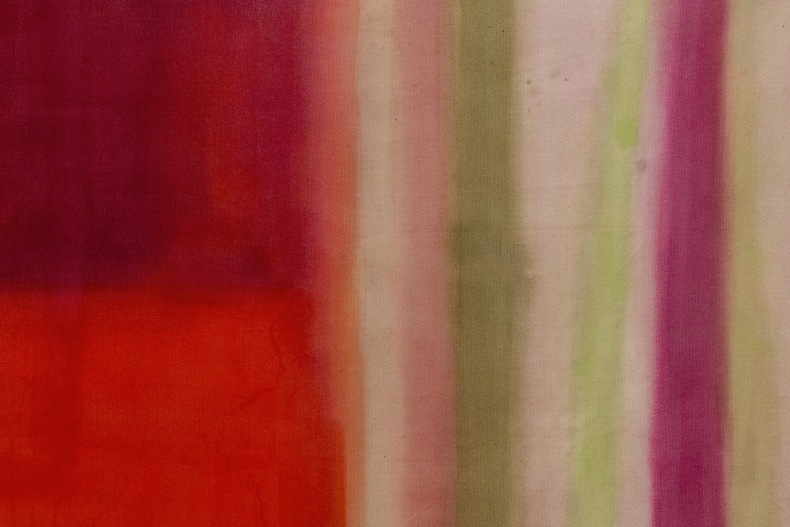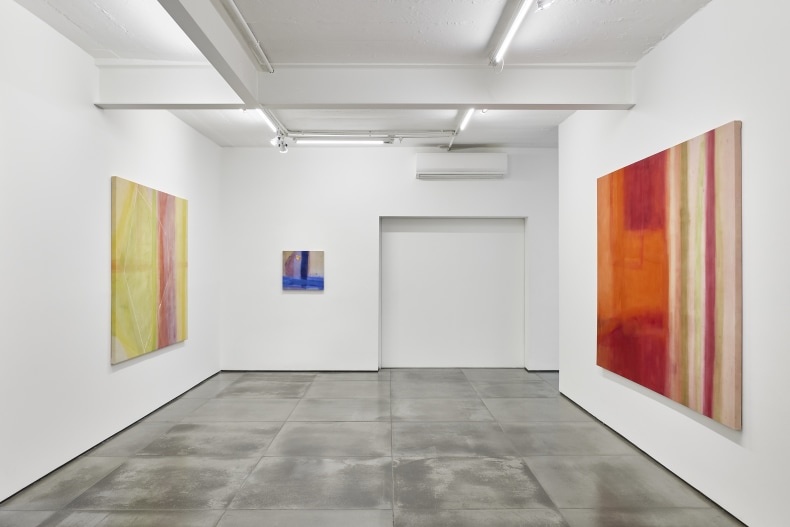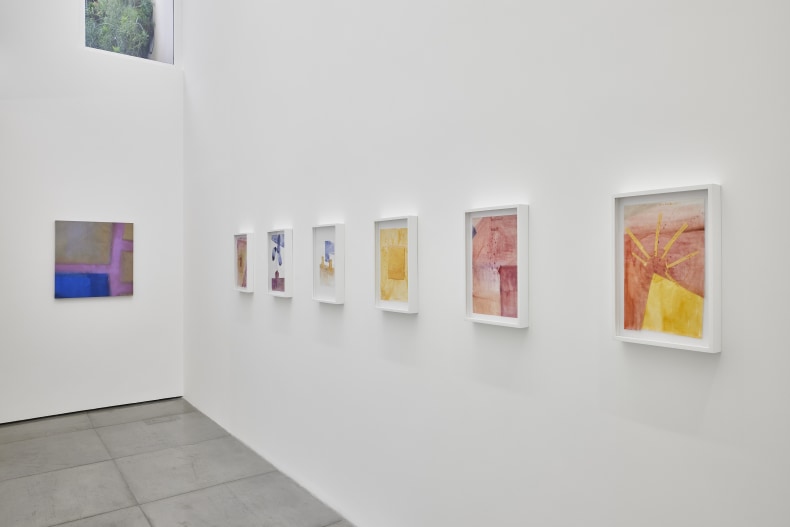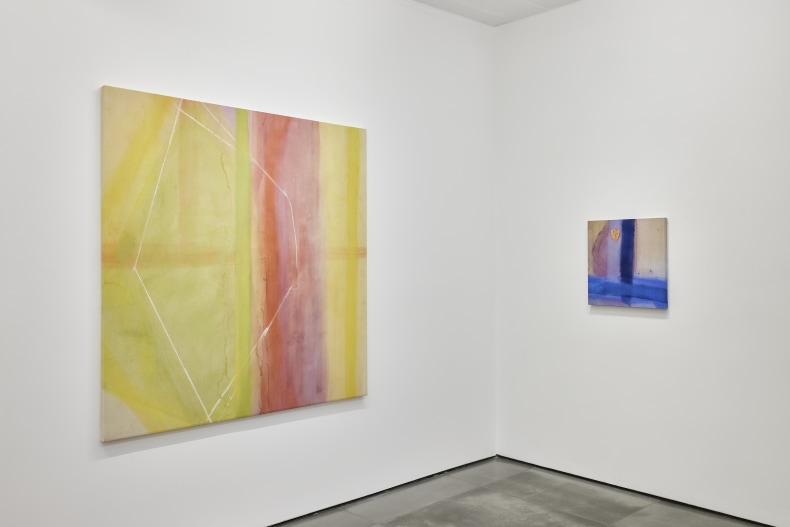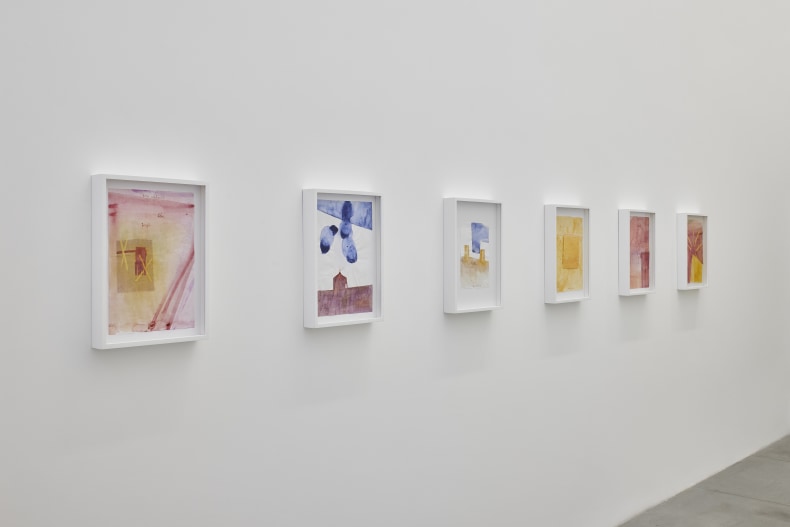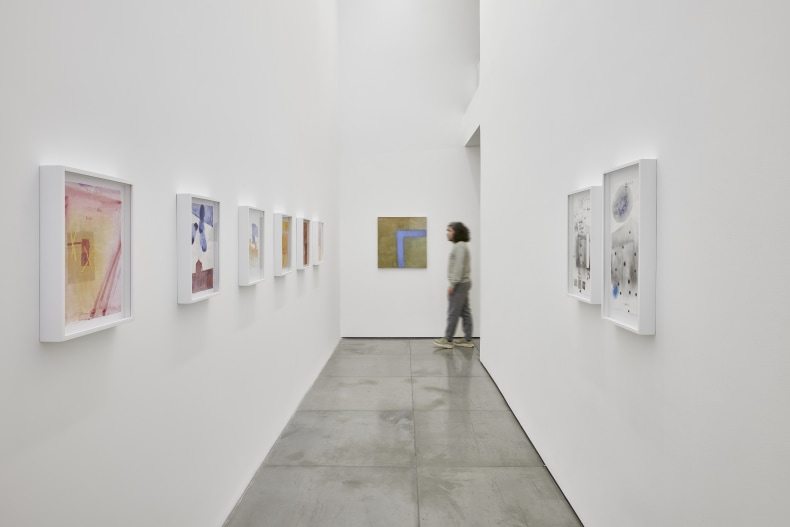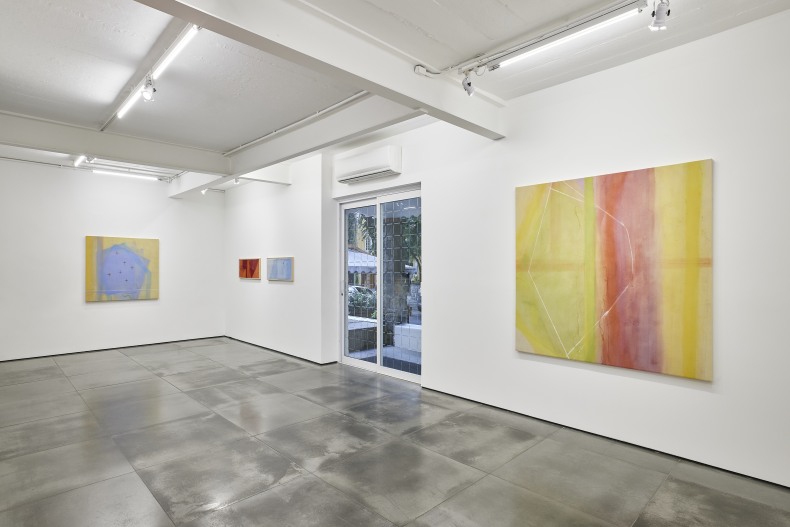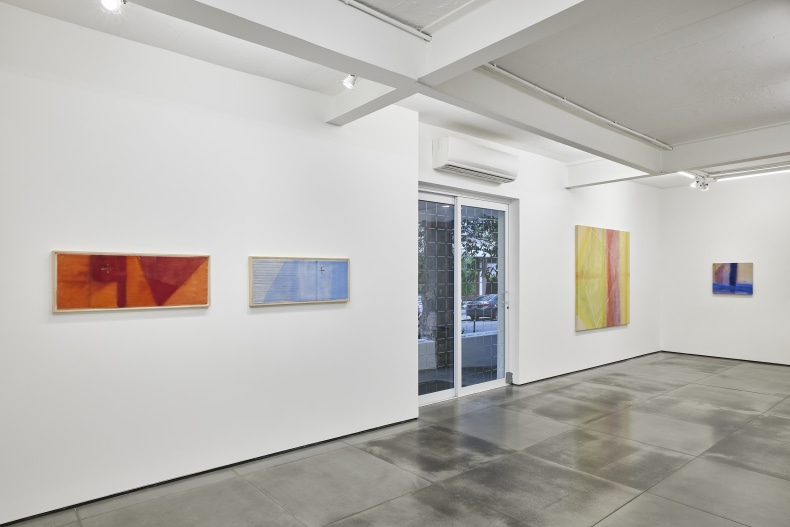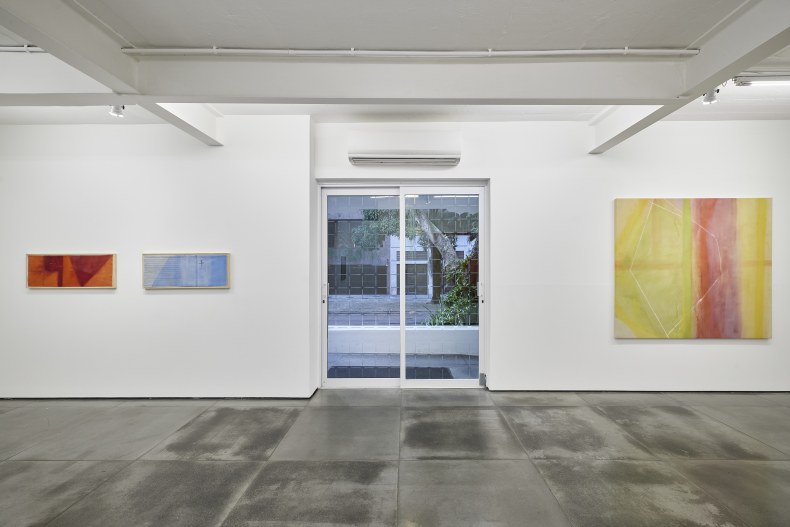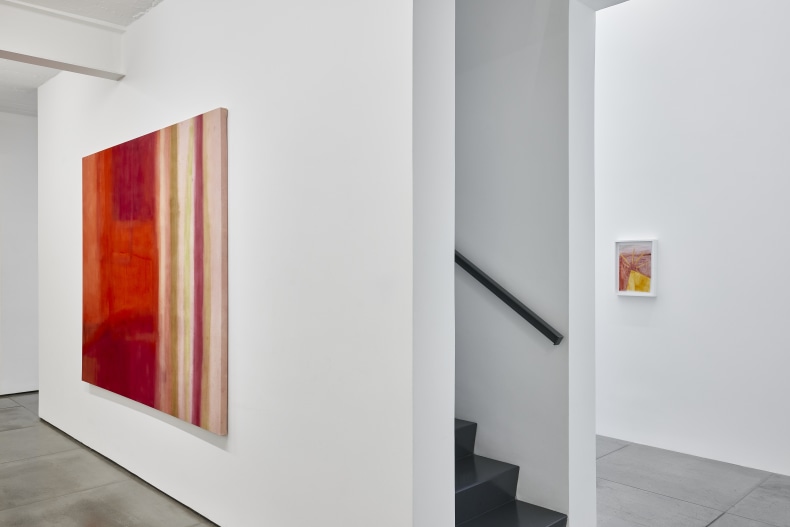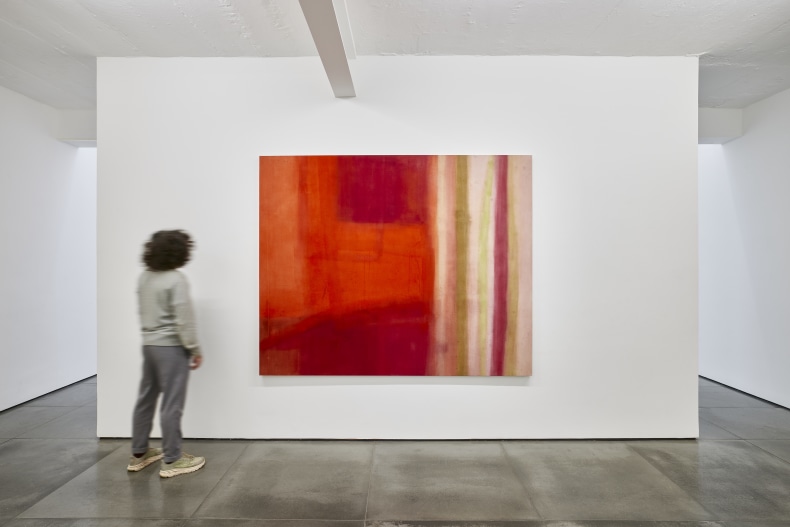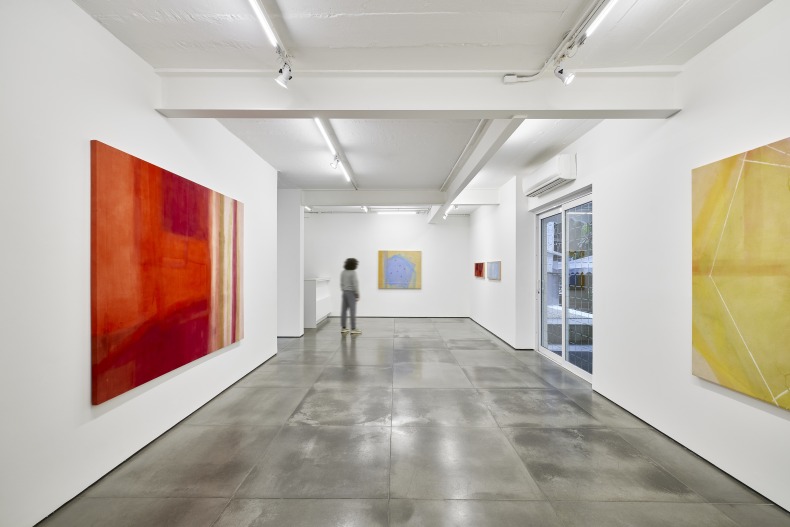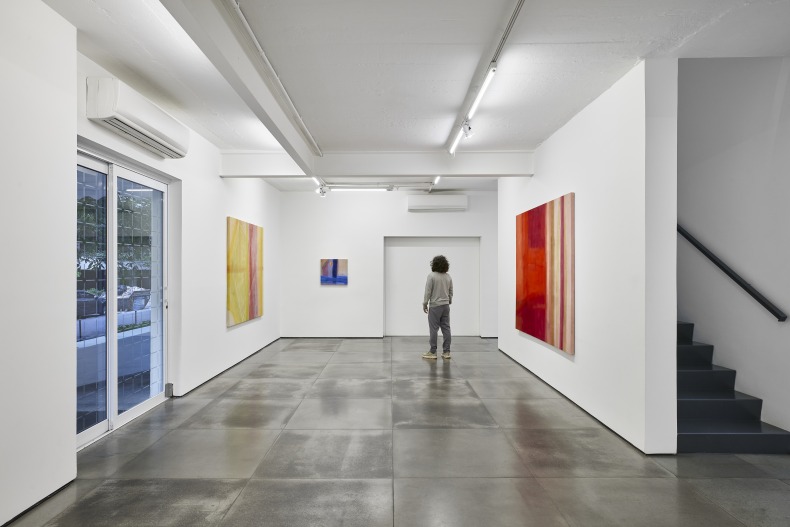Nara Roesler Rio de Janeiro is pleased to present The Intimacy of Light, a solo exhibition by artist Karin Lambrecht, featuring a curatorial text by Fernanda Lopes. The show brings together 24 previously unseen works by the artist, including paintings and watercolors on paper, all part of her recent production created throughout 2024 and 2025.
With a career that began in the 1980s, Lambrecht belongs to a generation of artists who explored new possibilities for painting, its supports, and materialities. In her practice, she engages with a wide range of pictorial materials, from those traditionally associated with painting, such as soft pastels, to more unusual elements like copper, charcoal, and the canvas itself, which she often cuts and sews. Karin Lambrecht has also expanded the boundaries of painting by producing installation-based and performative works.
Lambrecht’s recent production reflects the transformations that have occurred in her practice since her move from Porto Alegre to Broadstairs, on the Isle of Thanet, in southeastern England. The expansive fields of color that cover her canvases evoke impressions and sensations inspired by the local landscape and its famed light. In the works featured in The Intimacy of Light, the artist describes a greater “lightness” in both treatment and pictorial construction. This “more optimistic” approach, as she describes it, stems from her current life stage. The proximity to the sea and a constant practice of observing nature have made the work more contemplative, and, in her view, distanced from the apocalyptic tone so present in the contemporary world.
The paintings are composed of luminous color fields created by mixing pigment with water, giving the surfaces a diluted aspect that resembles watercolor. This is a layered process that demands physical effort from both the support and the artist herself. Some pieces include small copper sheets engraved with symbols, especially crosses and hearts. These motifs, often tied to biblical narratives, have been part of her work from the beginning. Although she does not consider herself religious, Lambrecht is drawn to and investigates these themes because she understands the impact and importance they hold within Western culture.
In the curatorial text that accompanies the exhibition, Fernanda Lopes notes that the artist’s works “seem to be whispering something,” resonating both with the landscape of the Isle of Thanet and the time spent in the studio. “Here, everything seems alive, everything seems to move, even if in a slower, almost meditative sense of time.” Lopes also highlights the physical and performative dimension of Lambrecht’s practice, which is entirely executed by the artist herself, without the help of assistants. “Somewhere between self-portraiture and performance, her work is the result of everything her body attempts, endures, reaches, and manages to execute, constantly testing its own limits,” she adds.
The words and marks on the canvases operate as memory fragments and bodily traces. Charcoal inscriptions emerge as “whispers diluted among layers of color,” contributing to the composition in a sensory rather than textual way. “Karin’s words function like a Brechtian alert. A noise meant to draw the viewer’s attention, and perhaps her own, to the illusion of the picture plane,” writes Lopes.
Another important series in the exhibition consists of small-scale watercolors that also incorporate elements of collage and embroidery. Karin compares making these works to writing a letter, not only due to their intimate scale, but also because of their introspective nature.
When commenting on her use of color, Karin reflects on the contrast between landscapes: “Brazil has that red soil and that very blue sky, I think that really left a mark on me. I’ve always felt that blue and red are the perfect, most balanced combination.” On the English coast, she now engages with more muted tones, sandy beige, brown, mossy green, and acknowledges that this new palette is beginning to seep into her practice. “My inner, spiritual, and rational states, mixed with my body’s physical capacities, are also influencing this moment in my work.”
